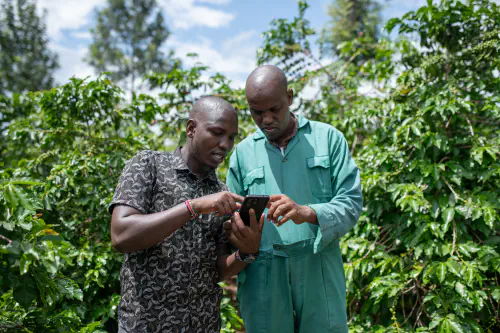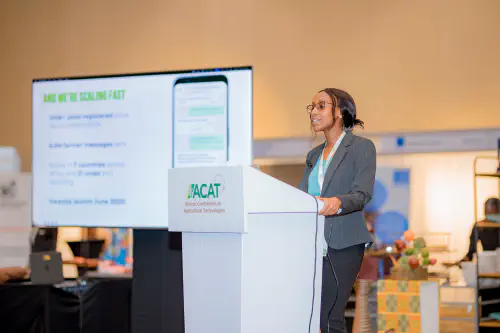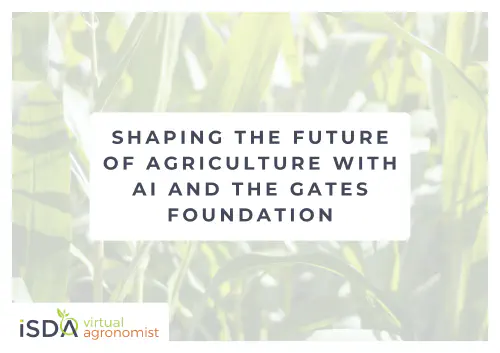iSDA’s soil and agronomy map iSDAsoil was recently used by scientists to create a framework to map the malaria exposure levels of Africans living in towns and cities.
Though iSDAsoil is primarily used by iSDA as input for Virtual Agronomist, which determines the best use and combinations of fertilisers on their land, it also contains information on different chemical and physical soil properties that were used by these scientists.
Soil pH has an effect on the habitats of the Anopheles mosquito which transmits malaria. The scientists in this study therefore incorporated soil pH data to further determine the possible habitats of the mosquitoes. For this, they used open data from iSDAsoil at a depth of 0–20 cm.
The research paper, which was published on 3rd April 2023 in the Malaria Journal, used a combination of satellite imagery, geospatial modelling techniques and local expert knowledge to determine the areas in Dakar, Senegal where humans are most exposed to the Anopheles mosquito.
These hazardous areas were determined based on the communities that had a higher population density along with suitable living conditions for the mosquitoes. Among the maps on land cover, land use and population, iSDAsoil was also incorporated to improve their predictive models.
Malaria prevalence continues to be at an all-time high in Africa. Though the number of infections has been on a decline, the continent is still responsible for 95% of malaria cases and 96% of malaria deaths worldwide with children being the most affected. As such, research into the transmission risk in different populations is a public health priority.
With the rapid urbanisation happening in Africa, the aim of the research was to “propose a method that can be replicated in other African cities under cost and data availability constraints”. They did this by creating a framework for detecting malaria exposure levels that is unique to the urban centres in Africa, particularly in the areas with the lowest access to resources.
Have you used or seen someone using iSDAsoil for novel impacts in Africa? Let us know!



